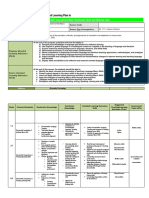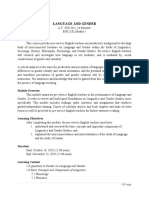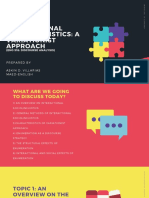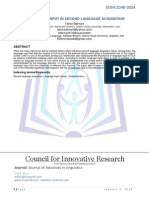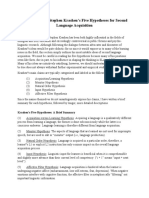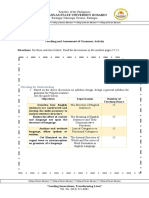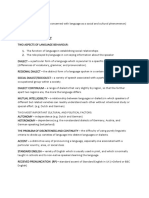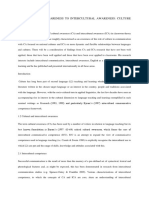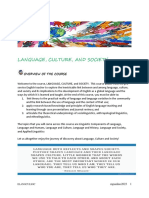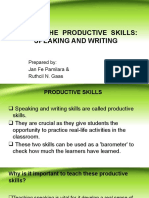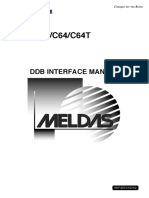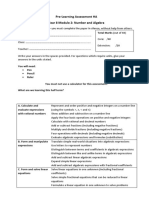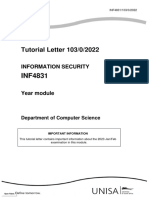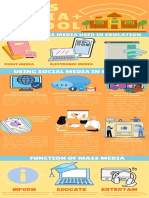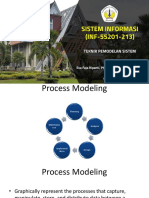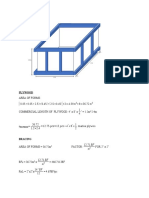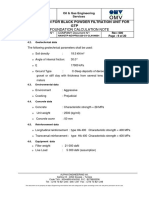0% found this document useful (0 votes)
285 views28 pagesEnglish Language Learning and Technology
The document discusses the use of technology in English language teaching from different perspectives. It describes how technology has become integrated into the professional lives of English teachers and how it can be used as a tool to support language learning both inside and outside the classroom. Some benefits highlighted include improving cooperation among learners, increasing access to resources, and making learning more engaging and interactive. Both synchronous tools like video conferencing and asynchronous tools like discussion boards are examined.
Uploaded by
Rachel Ann GarciaCopyright
© © All Rights Reserved
We take content rights seriously. If you suspect this is your content, claim it here.
Available Formats
Download as PPTX, PDF, TXT or read online on Scribd
0% found this document useful (0 votes)
285 views28 pagesEnglish Language Learning and Technology
The document discusses the use of technology in English language teaching from different perspectives. It describes how technology has become integrated into the professional lives of English teachers and how it can be used as a tool to support language learning both inside and outside the classroom. Some benefits highlighted include improving cooperation among learners, increasing access to resources, and making learning more engaging and interactive. Both synchronous tools like video conferencing and asynchronous tools like discussion boards are examined.
Uploaded by
Rachel Ann GarciaCopyright
© © All Rights Reserved
We take content rights seriously. If you suspect this is your content, claim it here.
Available Formats
Download as PPTX, PDF, TXT or read online on Scribd
/ 28






